One of the pioneers of modern architecture, Charles-Édouard Jeanneret or Le Corbusier was also an enthusiastic and curious artist. Apart from his collection of paintings, Corbusier along with French cubist painter Amédée Ozenfant wrote the manifesto Après le cubisme, translated to ‘after cubism’. While rejecting Cubism, Ozenfant and Corbusier established a new artistic movement and termed it Purism, proposing a style that represented elements in a simplified and robust form. Before commencing his architectural practice, Corbusier solely focused on creating art from 1918 to 1922. Over the course of his six-decade-long career, Corbusier explored his notions and ideology through a variety of mediums, including paintings, architecture, and sculpture. However, a lesser-known fact about the artist and architect is his interest in tapestries. In collaboration with Fondation Le Corbusier, Almine Rech New York presents ‘Nomadic Murals’, an art exhibition of tapestries by Le Corbusier.
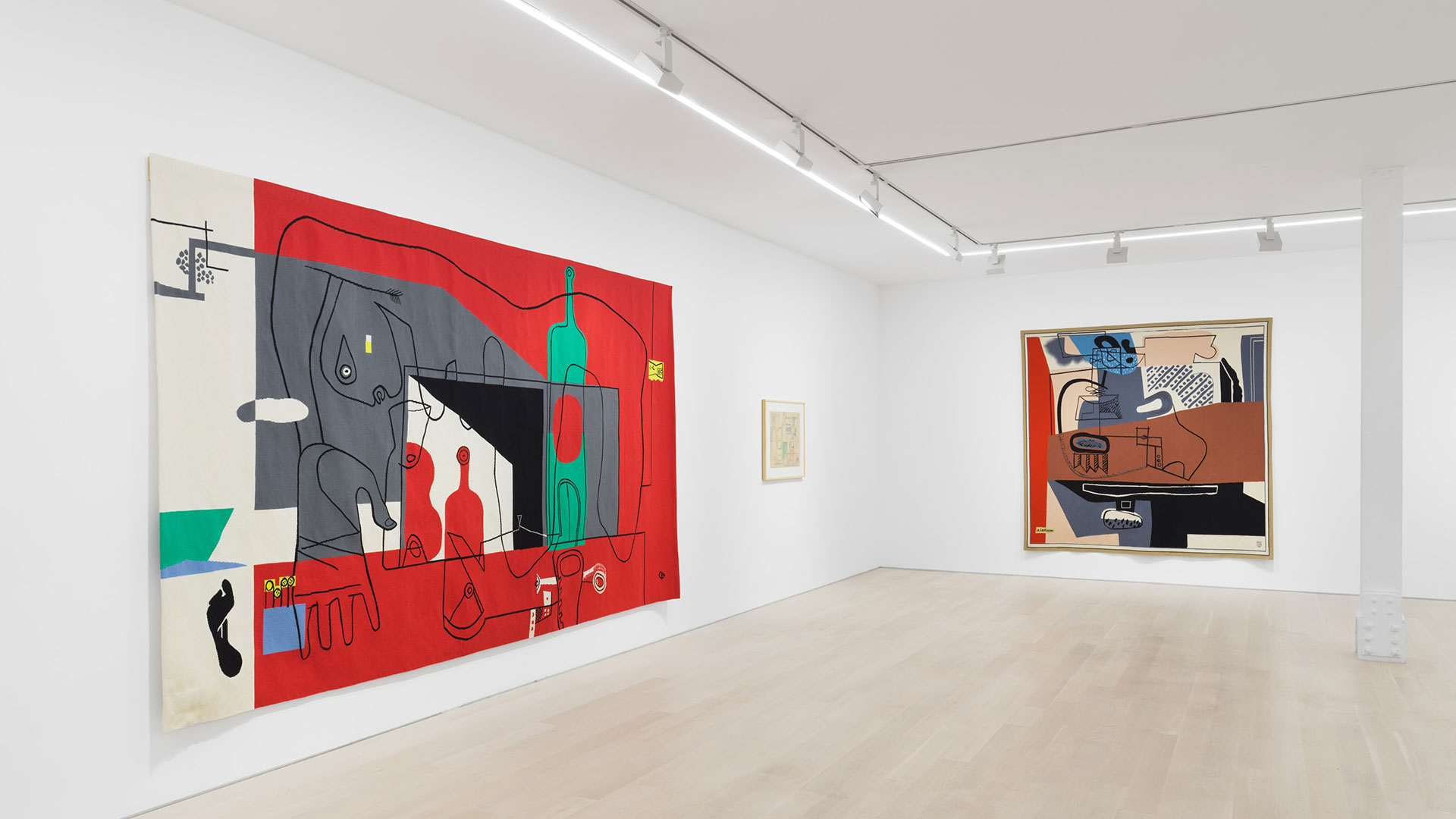
In his exploration of tapestry, Corbusier transferred many of his Purist compositions into fabric experimenting with abstraction in materiality. “He first discovered tapestry in 1936, in response to a request from Marie Cuttoli, who was then commissioning artworks woven in a factory in Aubusson from modern painters. However, it was 12 years later that he expressed his interest in producing woven artworks based on his drawings and found his way to this city in central France, where a true Renaissance of tapestry had begun, at the initiative of Jean Lurçat and Jean Picart Le Doux,” shares Jean-Louis Cohen, architectural historian and curator of Le Corbusier: An Atlas of Modern Landscapes at MoMA(2013).
“From the explorations, he undertook for Marie Cuttoli to his great postwar compositions, this exhibition presents an exceptional set of artworks, whether intimate sketches or vast tapestries, tracing the path of Le Corbusier’s observations and imagination from the ‘typical objects’ of his first still lifes to the female bodies that always inspired him, and whose forms he combined with those of musical instruments and rigging. The largest tapestry that he ever produced – created for the High Court of Chandigarh, the Indian capital that he designed in 1951 – is evoked by a cartoon depicting stylized scales, while the ‘Open Hand’ Monument in the centre of the city appears in his Still Life of 1965,” adds Cohen.
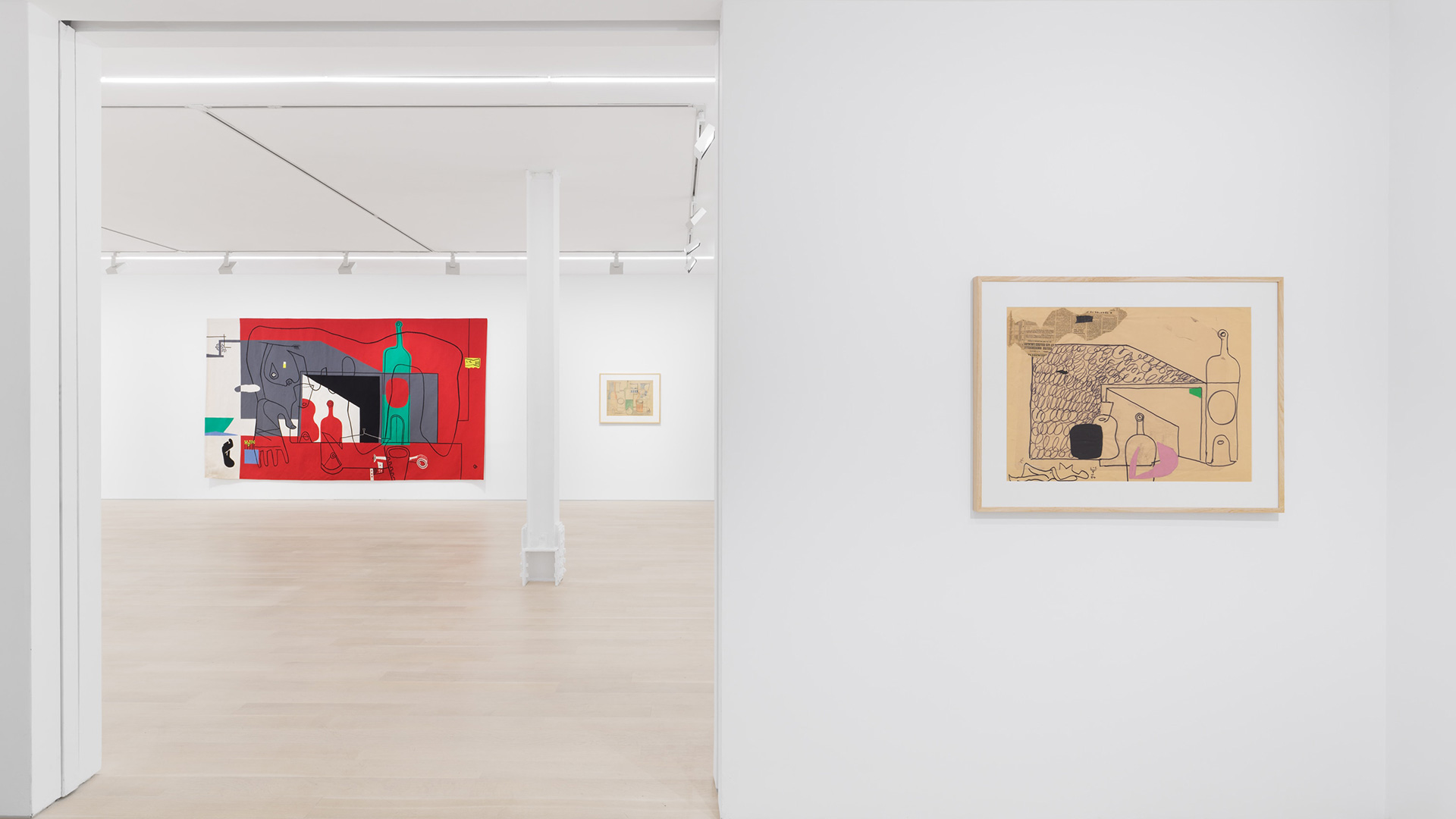
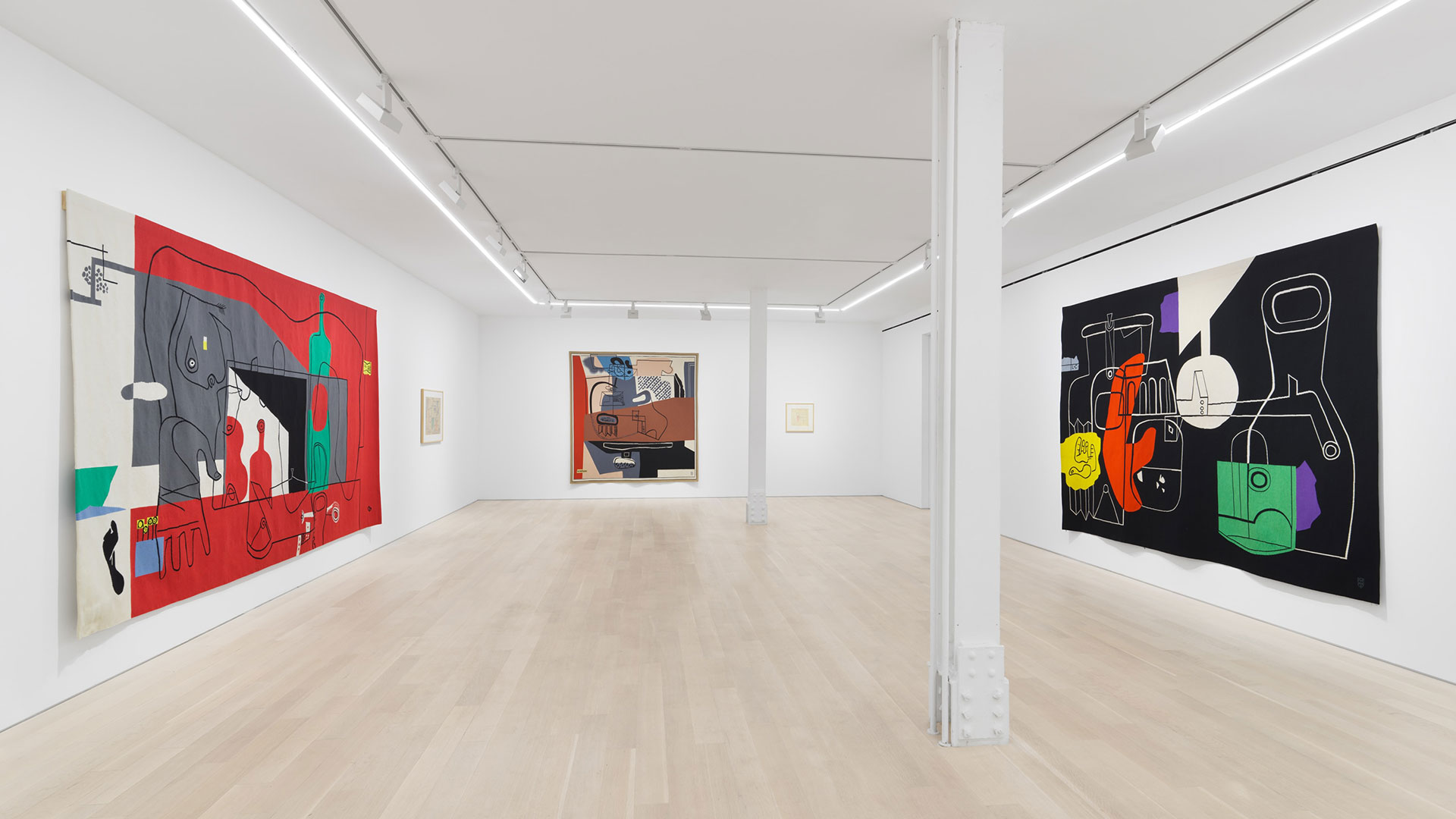
Purism as a movement emerged as a powerful reactionary sentiment to the post-First World War period. Stripping off basic definitive details and structures, the purist style relied on deconstructing a subject into simpler geometric shapes and planes that appear to be interlocked. The abstract style is often viewed in connection with Interwar Classicism. Though purist works lean towards a representation of the visuals in relation to modern art, most of the figures and abstraction that were presented in the works at the time had influences from ancient figures and forms. Though the style was short-lived, it was last witnessed in Corbusier’s Pavillon de l'Esprit Nouveau built for the 1925 International Exhibition of Modern Decorative and Industrial Arts in Paris, France.
The collection being displayed by the gallery features 26 tapestries of various sizes, showcasing Corbusier’s artistic versatility. From coloured pencils to pastel, oil, and papier collé, the displayed artworks at the exhibition celebrate Courbusier’s modernist leanings and fascinating perspective towards art. Exploring his varied processes on paper, the collection expresses the vividness of his imagination by unveiling the originality and strength of his woven artworks within the broader context of the postwar tapestry. This is the first time the gallery has shown works by Le Corbusier.
The exhibition 'Nomadic Murals' will be on display at Almine Rech New York from September 14 to October 22, 2022.






 Sign in with email
Sign in with email


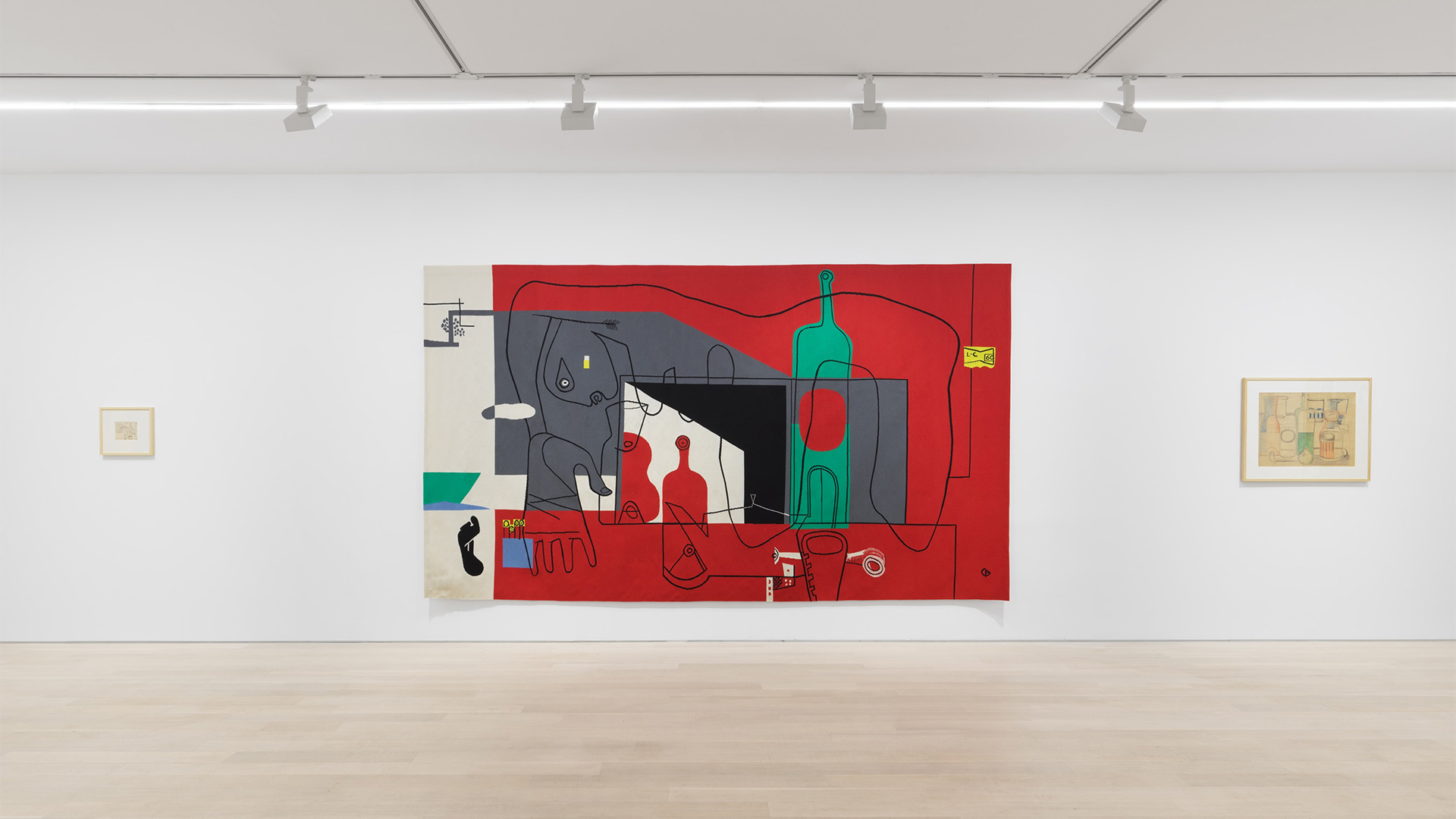
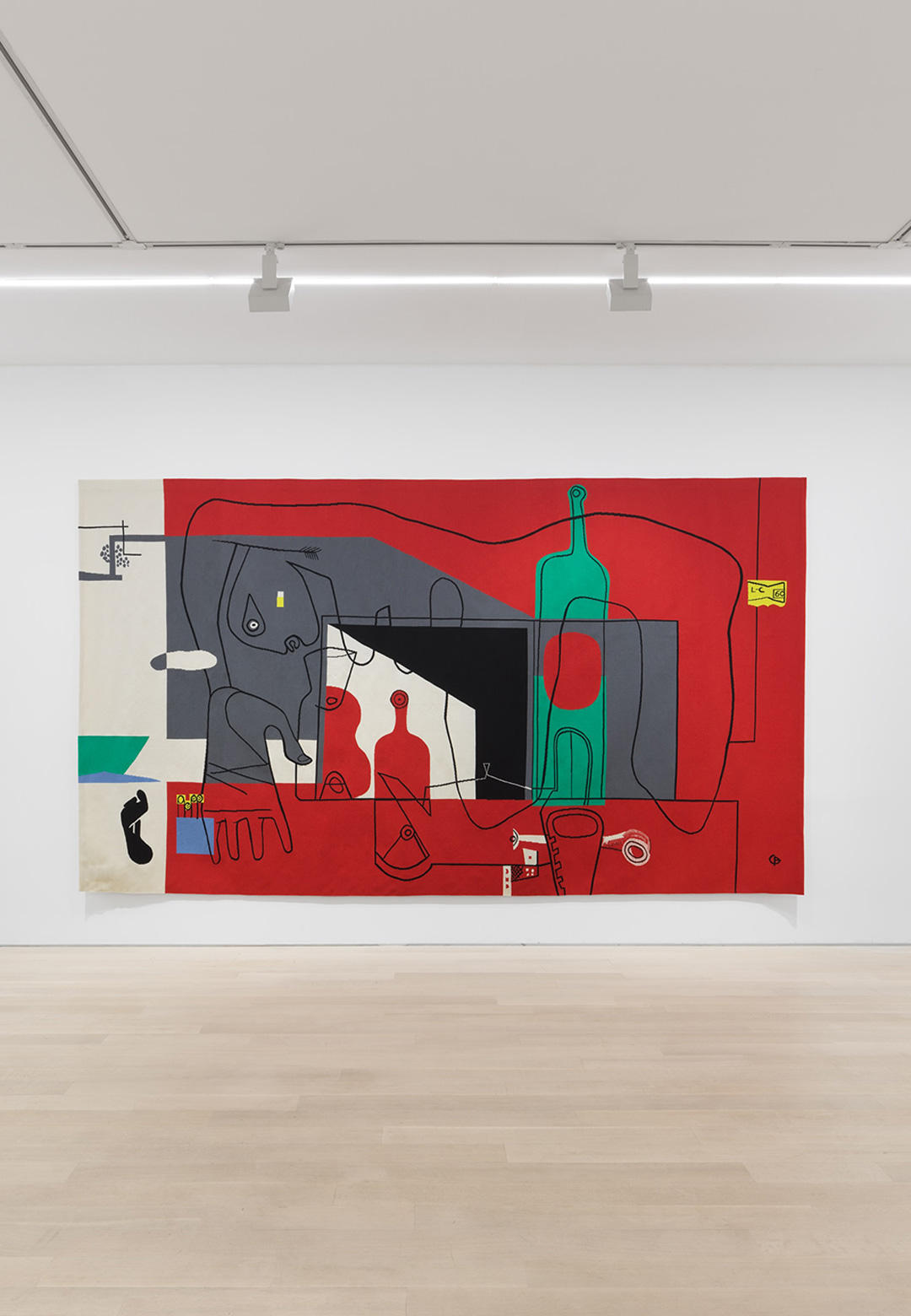
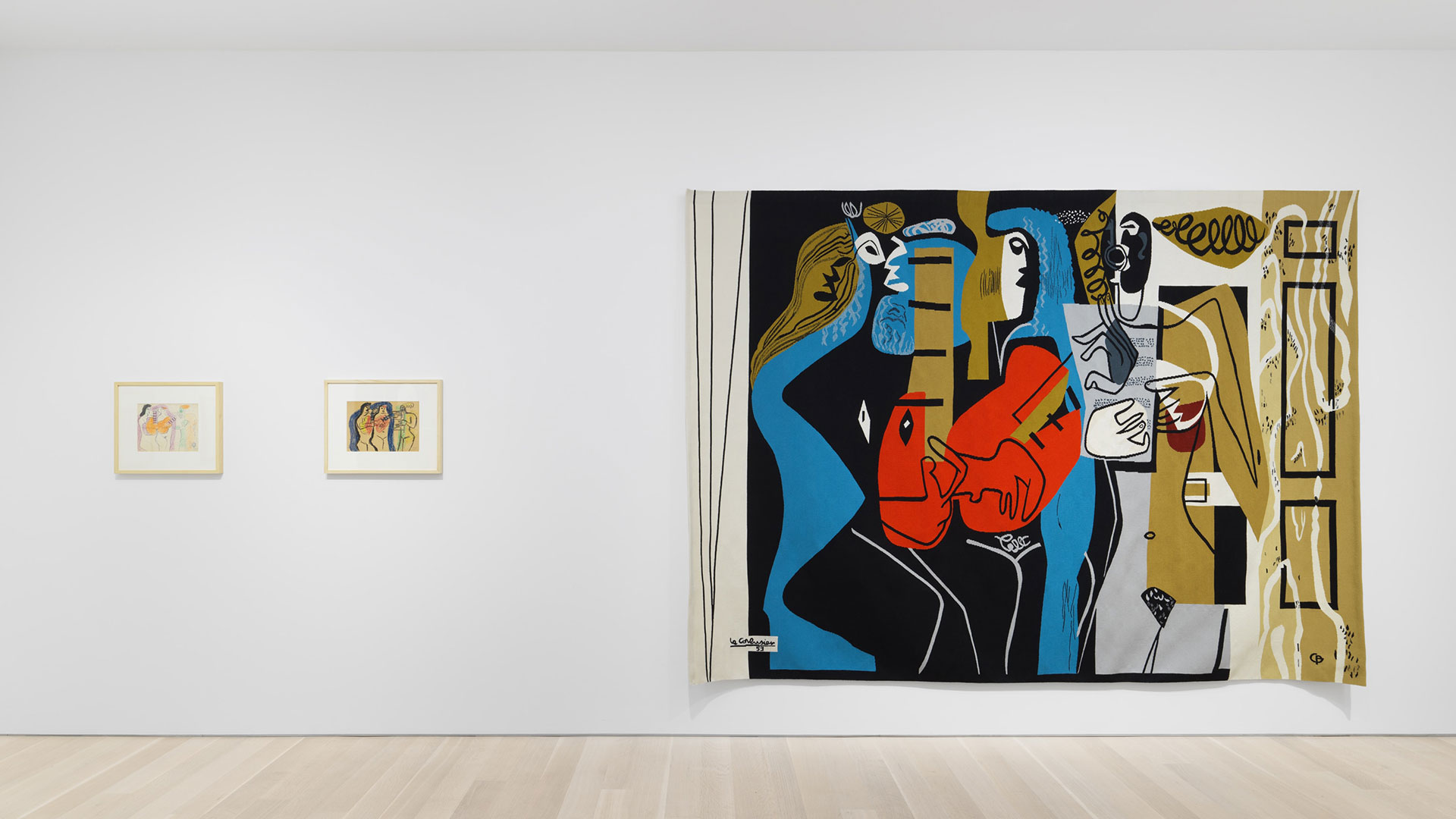
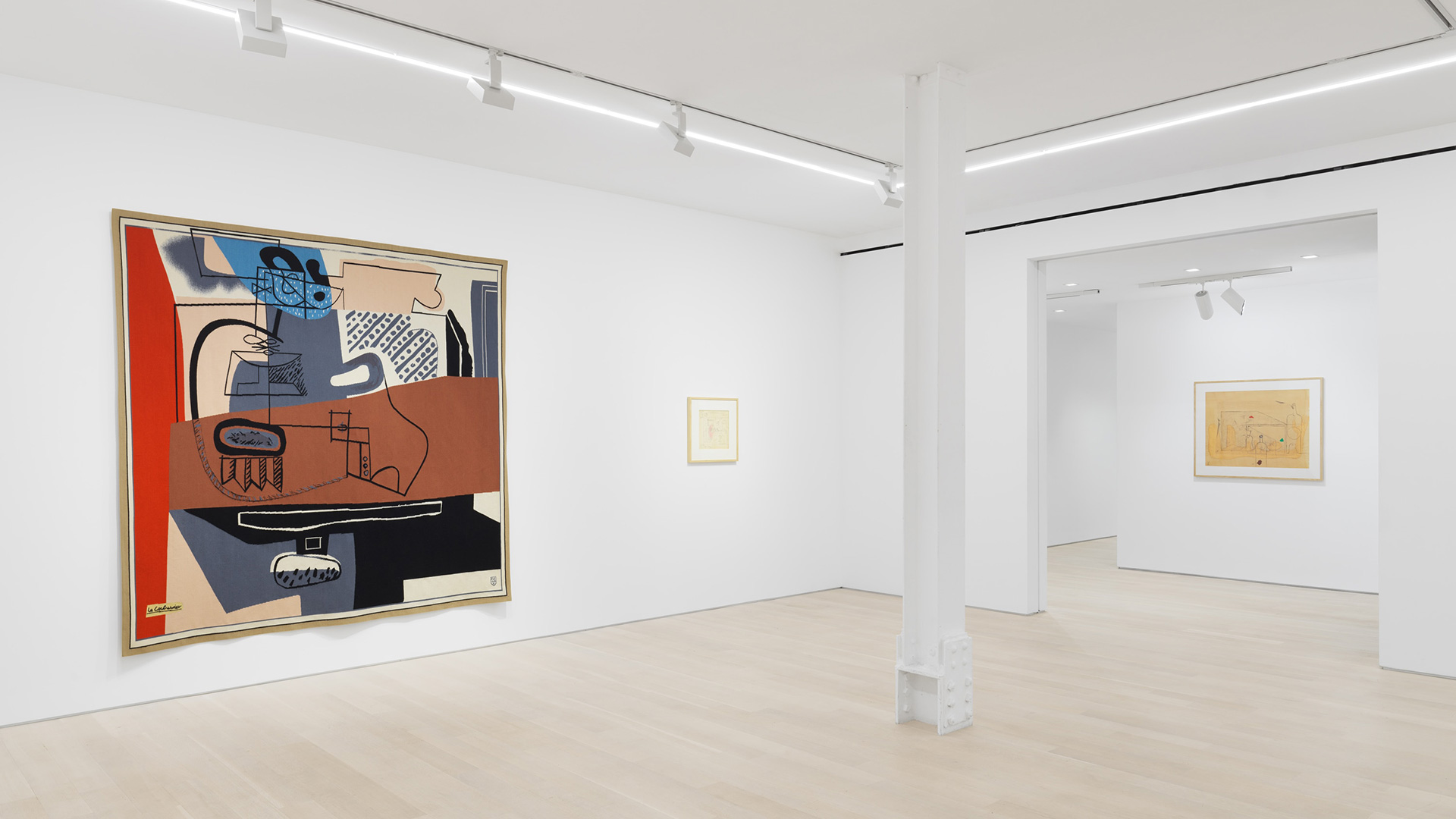
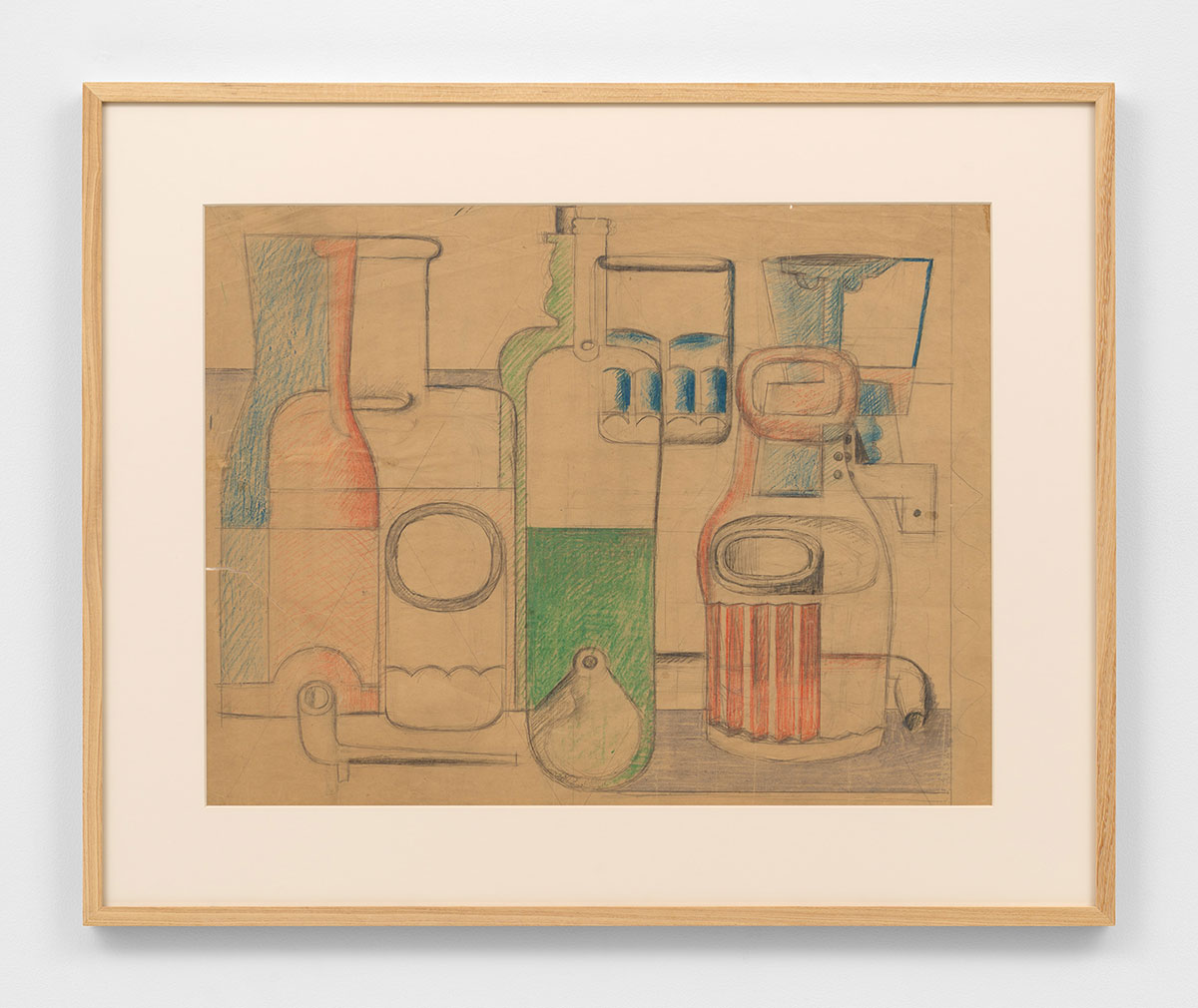
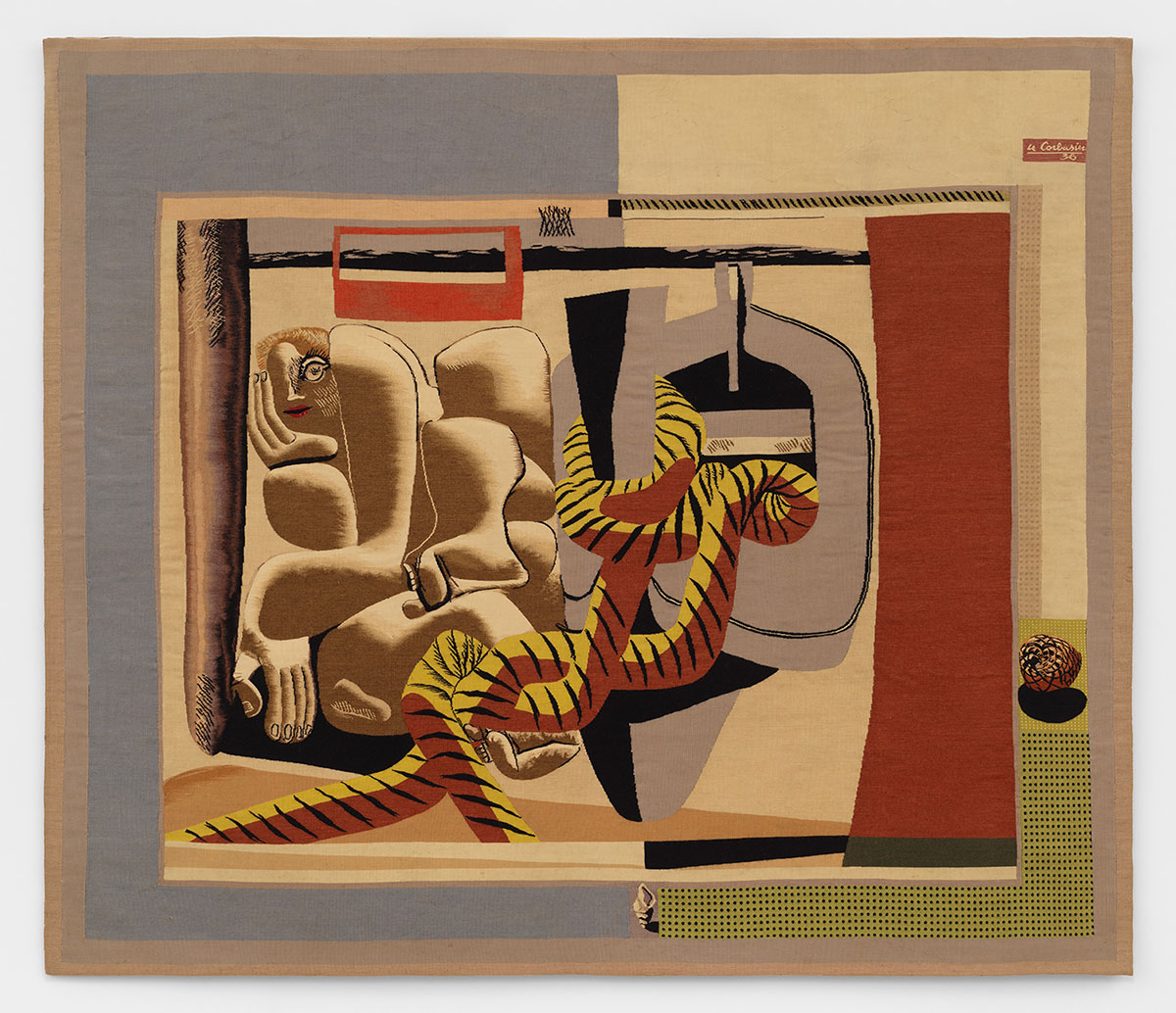
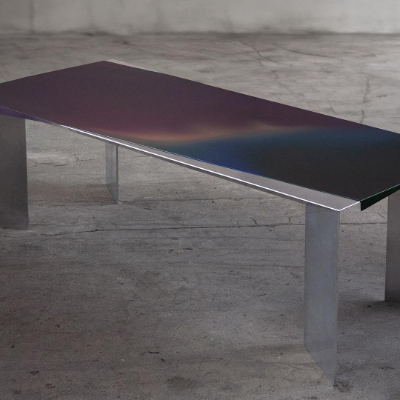
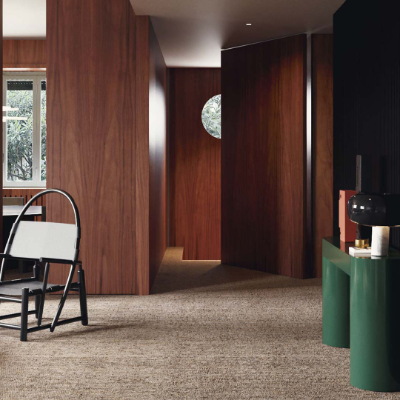
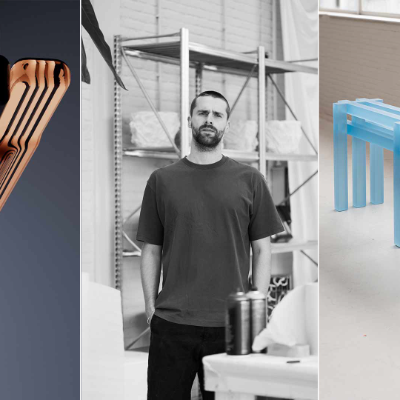
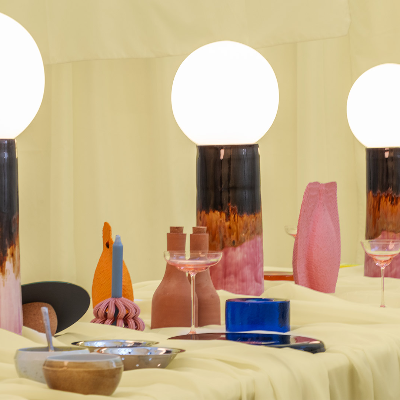
What do you think?